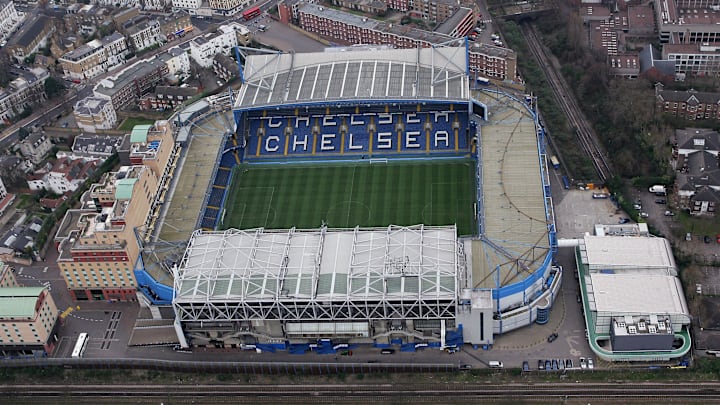Redevelopment: The Smarter Play
Why abandon when you can evolve? Liverpool’s Anfield expansion and Real Madrid’s Bernabeu glow-up prove historic grounds can meet modern needs. Stamford Bridge’s 40,000 seats may pale next to the sprawling arenas of rivals, but that compact cauldron has never held Chelsea back.
The Blues have conquered every trophy imaginable—six league titles, two Champions Leagues, countless cups—in this so-called “small” 40,000-seater, toppling giants with the stands hugging the pitch in a way sterile modern bowls can’t replicate. A carefully planned expansion could lift capacity while preserving that unique edge—cantilever over the railway, reconfigure the stands, or rebuild on-site if demolition’s the only route. It’s costlier and slower, sure, but it keeps Chelsea anchored in Fulham, competitive yet true to its roots. The club’s identity needn’t be collateral damage to ambition.
A Line in the Sand
Chelsea’s future should be built on its traditions, not at the expense of them. While infrastructure improvements are necessary for long-term growth, leaving Stamford Bridge would be a drastic move. The best path forward is to invest in the redevelopment of the existing site. It’s the only path that respects 120 years of Blue blood, ensuring Chelsea remains at its spiritual home while evolving for the modern era.
The Bridge isn’t just a stadium—it’s the heart of Chelsea Football Club. And some things are worth preserving.
